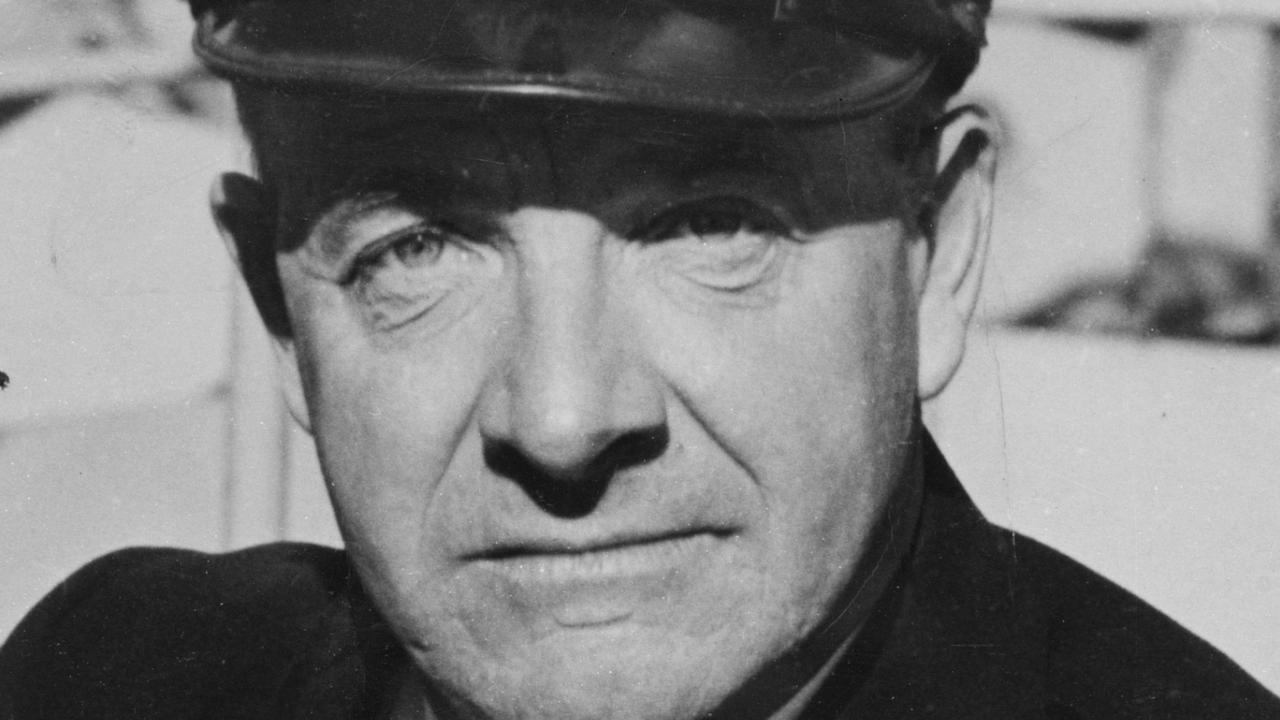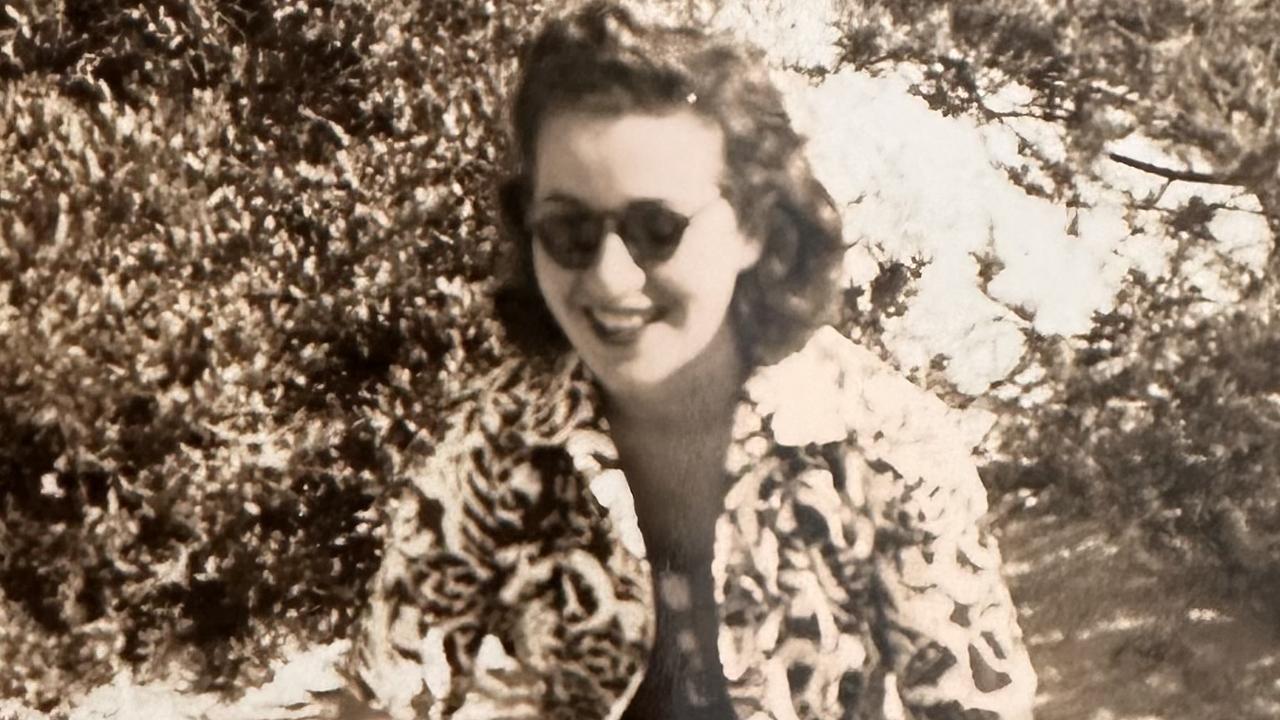NSW history: Diving ‘child wonder’ Arthur O’Connor’s family tragedy
From childhood Arthur O’Connor was fearless on the high-diving board but a traumatic family loss was something he rarely spoke about.
Today in History
Don't miss out on the headlines from Today in History. Followed categories will be added to My News.
The men he competed against in high diving demonstrations towered above him. But little Arthur O’Connor was not intimidated. Nor was he put off by the 20m-high diving board he flung himself off as a pint-sized nine-year-old in 1925.
Before he was 10, O’Connor was heralded as diving’s “child wonder” and by 15 he was the NSW highboard champion.
“He was only foot two at his tallest,” O’Connor’s youngest child Sharon Miller shared with The Saturday Telegraph.
“But he was not easily intimidated, he would have fitted in fine with those big boys at the diving events.”
O’Connor was the eldest of four children growing up in inner-city Sydney in the 1920s.
His father, Irishman Arthur O’Connor Sr, was a ship’s steward on the White Star Line’s SS Medic steamship which serviced the Liverpool-Cape Town-Sydney route — the same company that owned the Titanic. He settled in Sydney on the eve of World War I and became a barber in Woolloomooloo and, Miller suspects, an SP bookie.
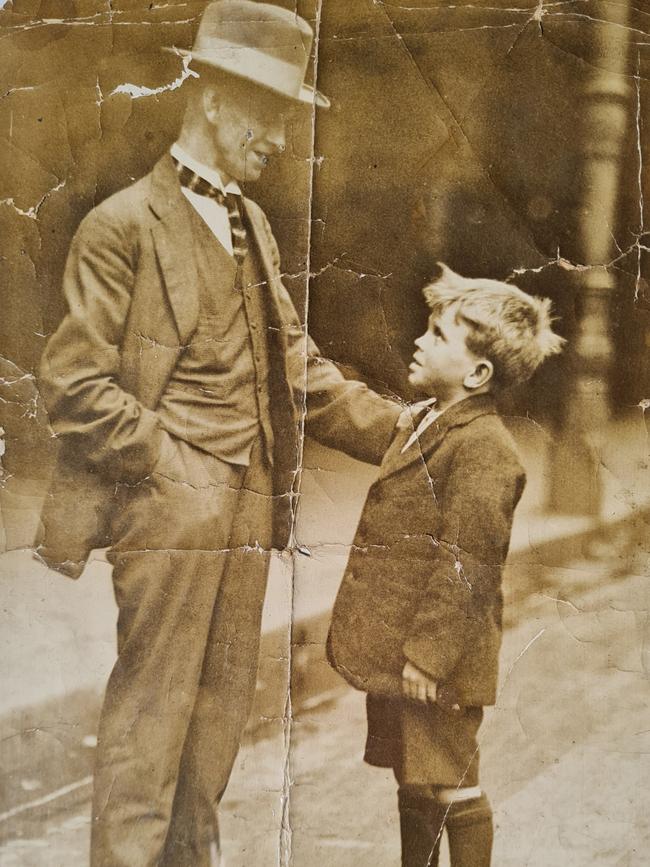
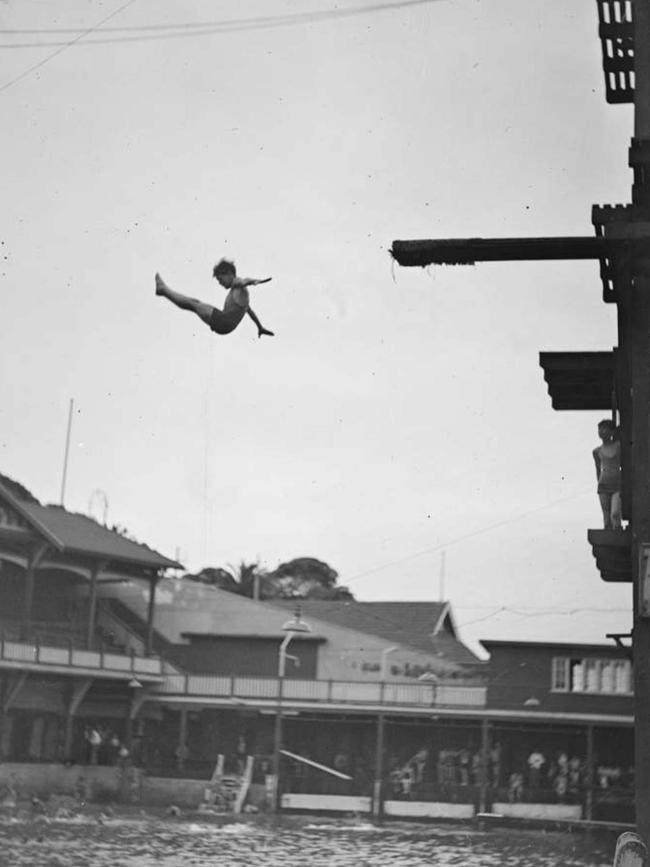
He married Patience, known as Pat, and the pair had four children: Arthur Jr, Elizabeth, or Bessie, Stanley and Albert. But the union would be short-lived and they divorced when Arthur Jr was about 10, forcing the children to live between their parent’s two households.
“They were very poor and it was a cheap form of entertainment to send the kids to the pool,” Miller says.
“I can imagine Dad would have watched the other divers at the pool and he would have thought he’d give it a crack. He became the mascot of the NSW diving troupe from about the age of nine and when he was around 11 or 12 he would tour with them, doing demonstrations in towns around NSW.
“When he was 12, he took a steamship from Sydney to Ballina for the opening of the Lismore Memorial Baths and they put on a show up there. He would do a big swan dive from up high or do a handstand on a platform into a dive.”
With money tight, Miller says her father left school at the age of 14 or 15 to help contribute to the family income; his jobs included flower deliveries on his bike and taking bookings for a local taxi service.
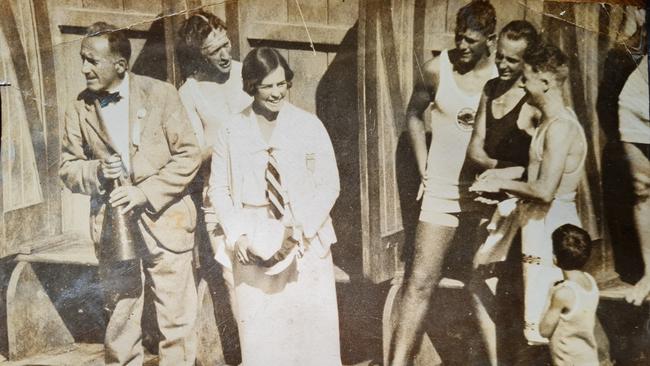
Throughout the 1920s, O’Connor’s skills off the diving board grew, with The Daily Telegraph labelling him a “child wonder” in a 1925 newspaper article after he dived into a special tank on Killara Golf Links during a “16 Suburbs Fete” in aid of North Shore Hospital.
By 1937, he had secured the state highboard championship seven times.
A newspaper article in 1938 stated: “While Arthur made his audience gasp with his nerve-tingling and acrobatic flights from the tower, he also made them laugh with improvised novelty dives off the springboard.”
That same year he competed in the British Empire Games in Sydney, the first time they had been held in Australia.
O’Connor married for the first time in the mid-1930s and had a son, Shane, but the pair soon divorced.
He married Lois Piccles in 1952 and they had three children: Maureen, Rory and Sharon, and O’Connor settled into a successful career as a car salesman.
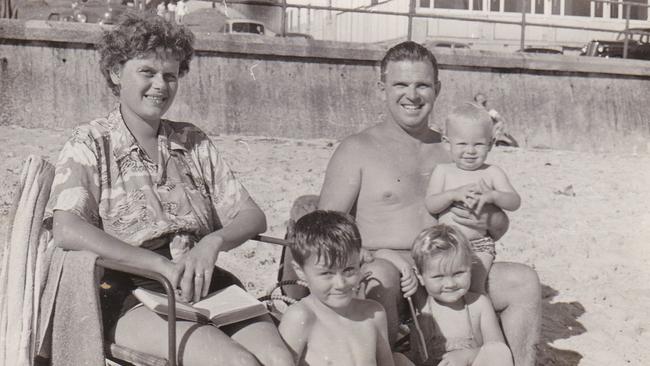
Miller says she only recalls her father talking to her about a tragic event that occurred in his childhood once, the murder of his younger sister Bessie in December 1932.
Bessie was an aspiring Olympic swimmer when, at the age of 16, she was found murdered in the Royal National Park in Sutherland.
“Dad gave me a very sanitised version of what happened when I was about 13 or 14,” Miller recalls.
“I was going to the library and I told him ‘You don’t have to pick me up Dad, I’ll just get the bus’ but he insisted, he was worried something would happen to us.”
O’Connor died aged 85 in November 2000 of a stroke and was buried at Botany cemetery.
Watch a video of Arthur O’Connor in action
Got a local history story to share? Email mercedes.maguire@news.com.au
THE MURDER OF BESSIE O’CONNOR
When Bessie O’Connor was found murdered in December 1932 she was the third woman who had been found dead in a park that year, sparking cries that a serial killer was at work.
Author Tanya Bretherton covers the murders in her 2020 book, The Killing Streets, as well as the apprehension and eventual sentencing of Eric Roland Craig.
Bretherton’s investigation reveals up to 10 similar murders of women throughout the 1920s and 1930s but casts doubt on Craig as the perpetrator.
He was sentenced to death for O’Connor’s murder in 1933, later commuted to life, and eventually released.

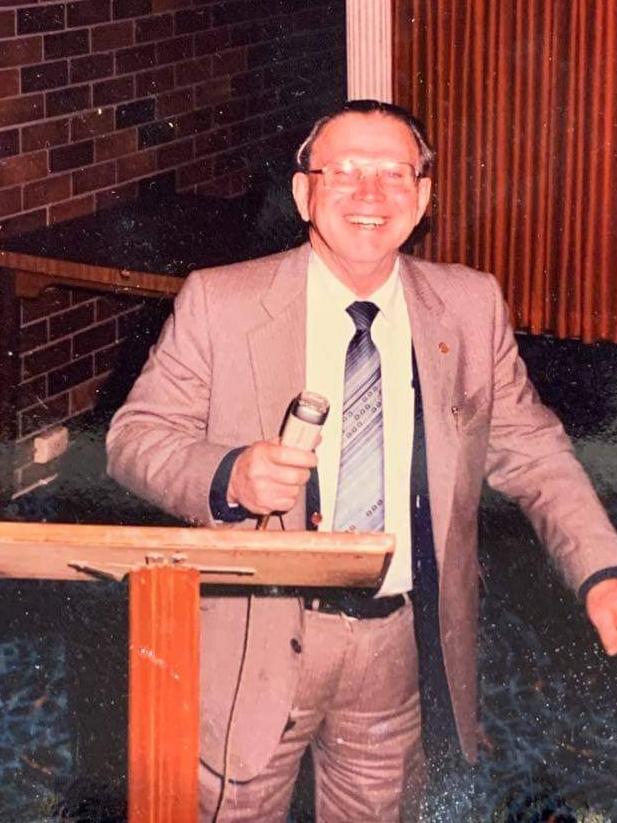
DIVING CRAZE HIT THE HEIGHTS
Diving was first introduced as an Olympic sport at the 1908 Games in London. But diving had been performed for years before that.
The first recorded diving event took place in Scotland in 1889 where a diver jumped from a height of just 1.8m. Initially, diving was mainly performed by gymnasts who used bridges as their platform.
But crazy feats have been recorded over the years, one of the most famous being the 110m leap by German stunt diver Harry Froboess into Lake Constance in Germany from the airship Graf Zeppelin in 1936.
A favourite with filmmakers, his record still stands, according to Guinness World Records.




